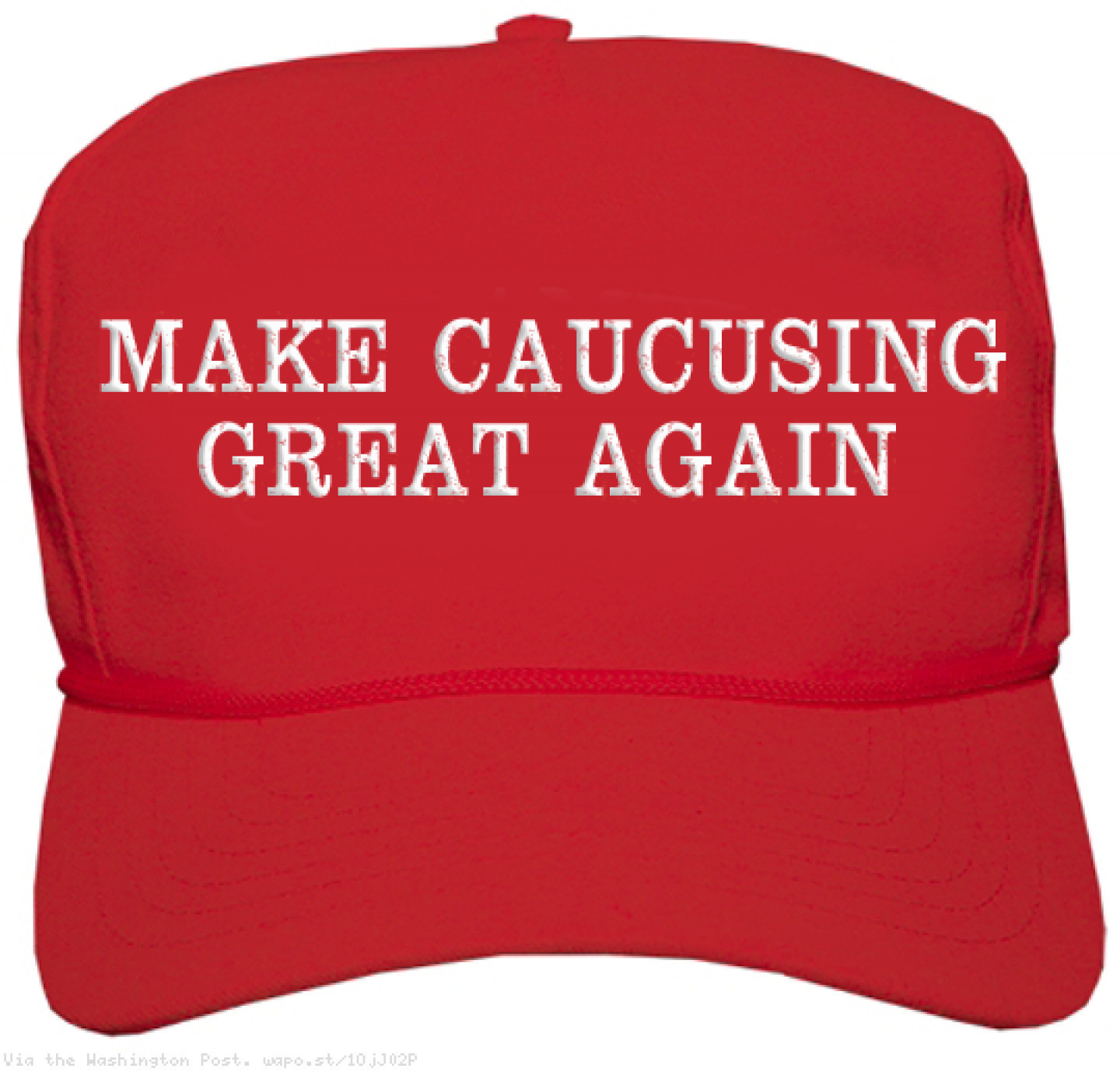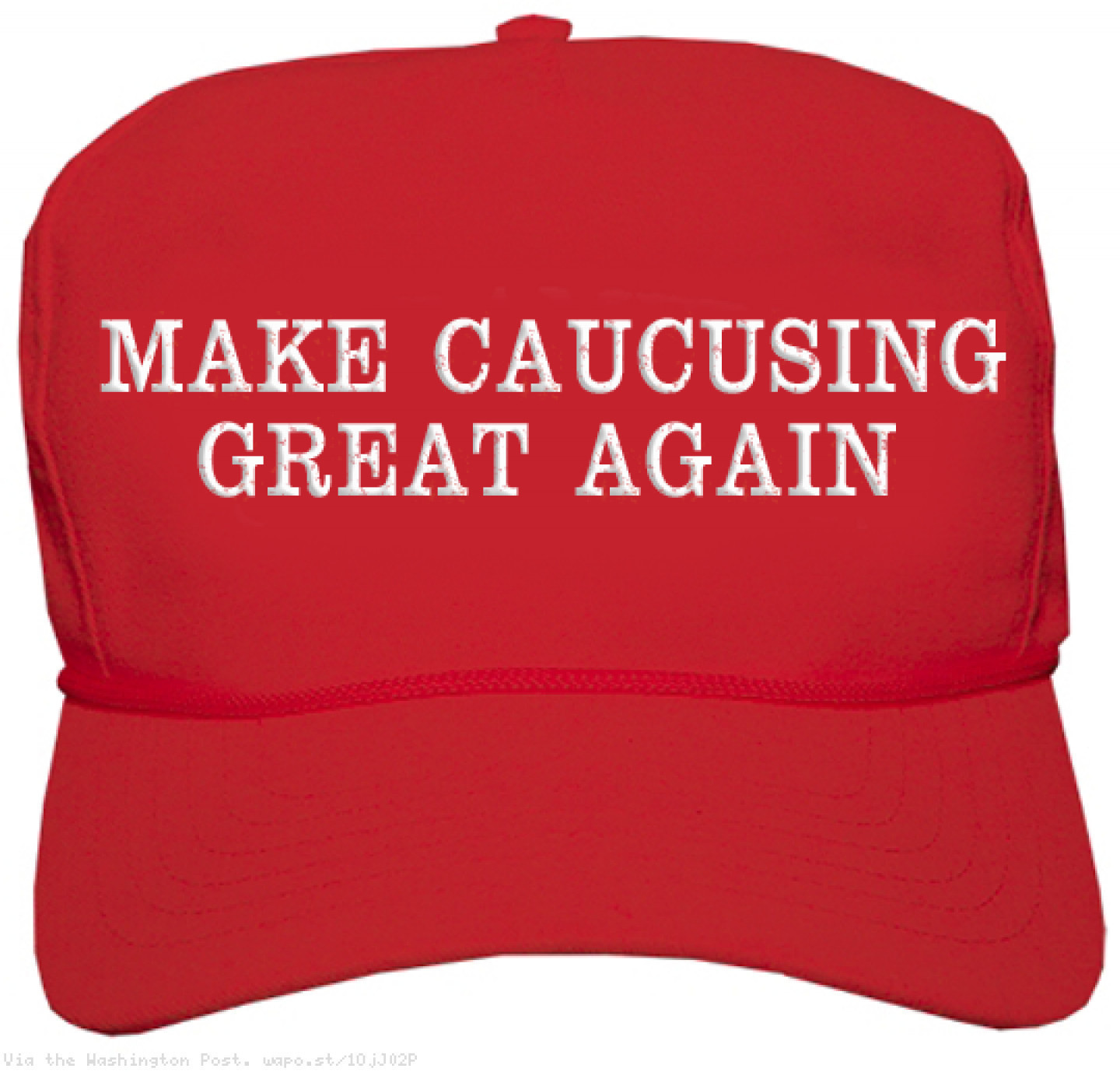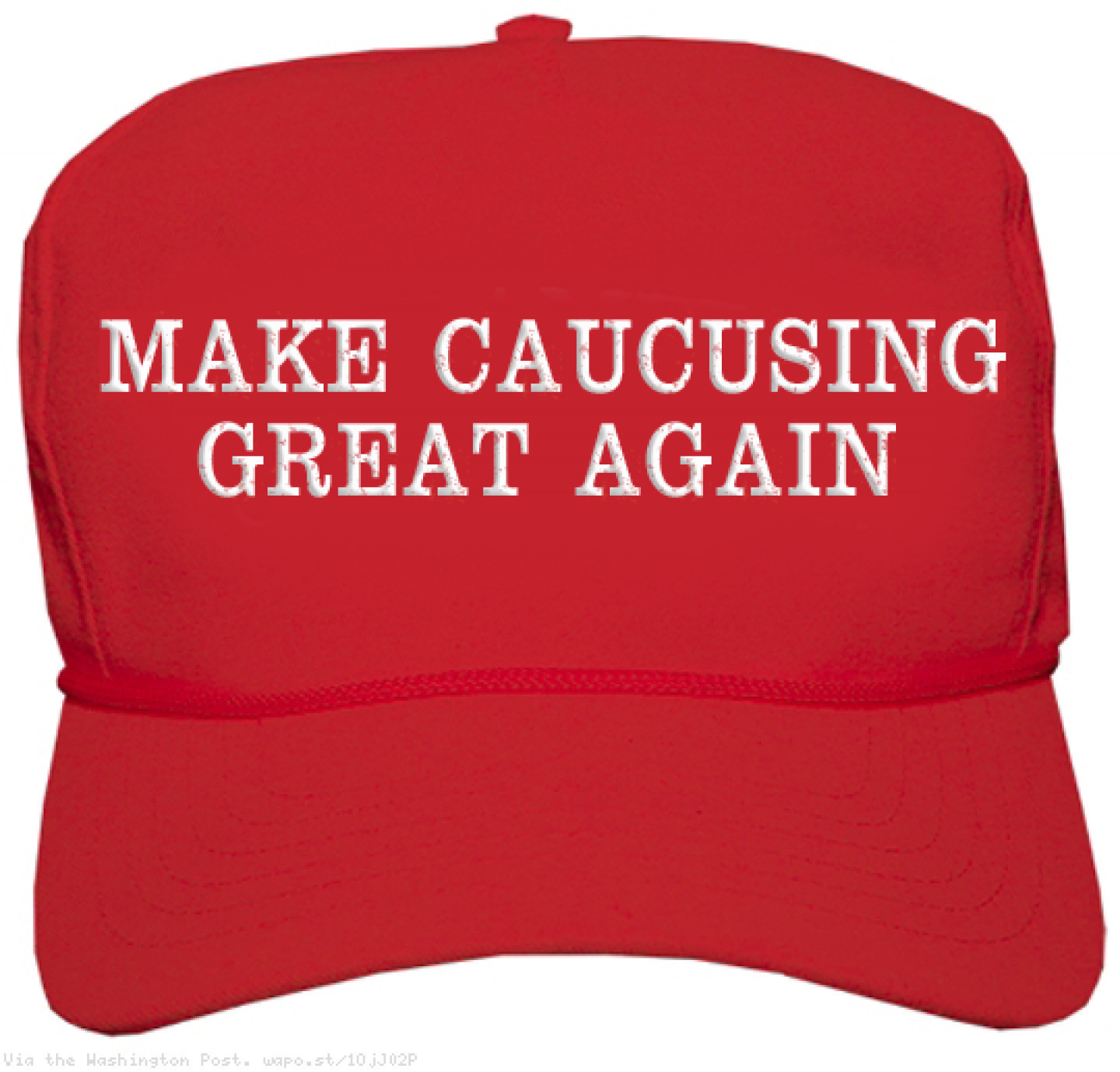Nevada retailers and other merchants who accept credit card payments are rightfully confused and concerned about new EMV liability rules that will take effect on October 1, 2015. Though it is certainly disconcerting to hear that the retailer or merchant might be liable for fraudulent credit card transactions (as opposed to the credit card companies), the reality is that Nevada retailers and merchants are not facing impending doom and business ruin by not updating to EMV-compliant technology immediately. Of course, Nevada retailers and merchants should be aware of how these new rules affect their business and should make their own cost-benefit analysis before investing in new technology.
What is EMV and the “liability shift”
In the best layman’s terms I can think of, an EMV credit card includes a small chip rather than the standard magnetic stripe that we have all been used to seeing on the back of our credit cards. It is claimed that EMV-enabled cards incorporate safety features that will avoid almost all possibility of fraudulent credit card transactions. When literally billions of dollars of credit card fraud occurs every year with the standard magnetic stripe cards, this is a great development in the fight against financial fraud.
However, there has been a great amount of concern about the new EMV rules that take effect on October 1, 2015. The biggest question is about the “liability shift” that occurs on October 1, 2015. In uncomplicated terms, on October 1, 2015, retailers and merchants that accept credit card transactions that turn out to be fraudulent may be left on the hook for those losses, instead of the credit card companies who have always previously covered all instances of fraud1)It is important to note that there are many businesses that will not have any liability whatsoever for various reasons. The nuances of these differences is not examined here.. In short, the new EMV rules push some of the financial loss from fraudulent credit card transactions to the retailer, rather than the credit card companies.
Nevada retailers, particularly small businesses, should rightfully be concerned about this liability shift. One large fraudulent transaction could ruin a small business. To protect against this liability shift, the credit card companies are pressuring retailers to purchase expensive new credit card processing equipment that is EMV-compliant. Should Nevada retailers invest hundreds or thousands of dollars in new credit card processing equipment that is EMV-compliant? Should they take the risk of not having the equipment? What exactly is the risk of not paying for upgraded EMV-compliant equipment? Let’s try to take a bit of the shock out of these questions.
When a Nevada retailer might be liable for fraudulent transactions
Most importantly, Nevada retailers will be responsible for the financial losses from a fraudulent credit card transaction only in one circumstance: when a customer presents an EMV-enabled credit card, but the retailer is not using EMV-compliant credit card processing equipment to run the transaction. In this situation, if the transaction turns out to be fraudulent, the retailer will bear the liability (i.e., the financial loss) from the fraudulent transaction. It is also important to consider that if a customer presents a traditional magnetic stripe credit card, which is processed on either the old non-EMV-compliant equipment or the new EMV-compliant equipment, and the transaction turns out to be fraudulent, the retailer is not financially liable for this loss.
Should Nevada retailers take the risk?
Nevada retailers should justifiably be concerned about the financial harm to their business if the retailer is liable for a fraudulent transaction. However, as with most business matters, the retailer simply has to calculate a risk analysis and determine as a business matter whether it makes sense right now to protect against this risk by purchasing the expensive new equipment. The first consideration for Nevada retailers is the general fact that the vast majority of credit card transactions in Nevada will likely continue to be processed with the traditional magnetic stripe cards for quite some time. Only a relatively small number of credit card holders have and use an EMV-enabled card2)Las Vegas' retailers do more business [particularly per capita] than most American cities. When calculating your risk, know that other countries, European ones in particular, have used EMV-enabled cards for a few years now. Remember, any time that a fraudulent transaction occurs with the traditional magnetic stripe card, the retailer is not liable. Nevada retailers would do well to study their transactions in their business over the next month or two to determine how many credit card transactions are processed with EMV-enabled cards. If the number of these transactions is relatively few, the retailer may choose to take the business risk of possible liability on those few transactions.
Of course, in the next few years, we will see more and more credit cards issued with the EMV chip included, rather than the magnetic stripe. But over time, retailers will naturally purchase new credit card processing equipment as part of their normal course of business as equipment becomes outdated or broken. The retailer may choose to wait until the natural cycle of their business to change to the new EMV-compliant processing equipment. In any event, whether retailers choose to make the switch now or in the future, it is unlikely that a retailer will want to hold onto non-EMV compliant equipment forever.
Making the decision to transfer to EMV-compliant equipment is simply a business decision of weighing risks3)When analyzing the risk, remember to account for potential losses as a result of a being held liable for fraud and costs. Will a retailer be liable for the financial loss of a fraudulent transaction if the retailer processes an EMV-enabled card on non-EMV compliant equipment? Yes. Is that risk likely to arise? Maybe, maybe not. If the number of customers using EMV-enabled cards is low in the first place, and if the risk of the customers engaging in fraudulent transactions is even lower, a retailer may just conclude that the “liability shift” of the new EMV rules is much ado about nothing and may just choose to continue business as normal. But, as I like to say, “It doesn’t matter until it matters.” When that one ruinous fraudulent transaction does come through, do not say that you were not warned of the risk.
And, we wish you all a Happy EMV Day on October 1st!
Footnotes
| ↑1 | It is important to note that there are many businesses that will not have any liability whatsoever for various reasons. The nuances of these differences is not examined here. |
|---|---|
| ↑2 | Las Vegas' retailers do more business [particularly per capita] than most American cities. When calculating your risk, know that other countries, European ones in particular, have used EMV-enabled cards for a few years now |
| ↑3 | When analyzing the risk, remember to account for potential losses as a result of a being held liable for fraud |



